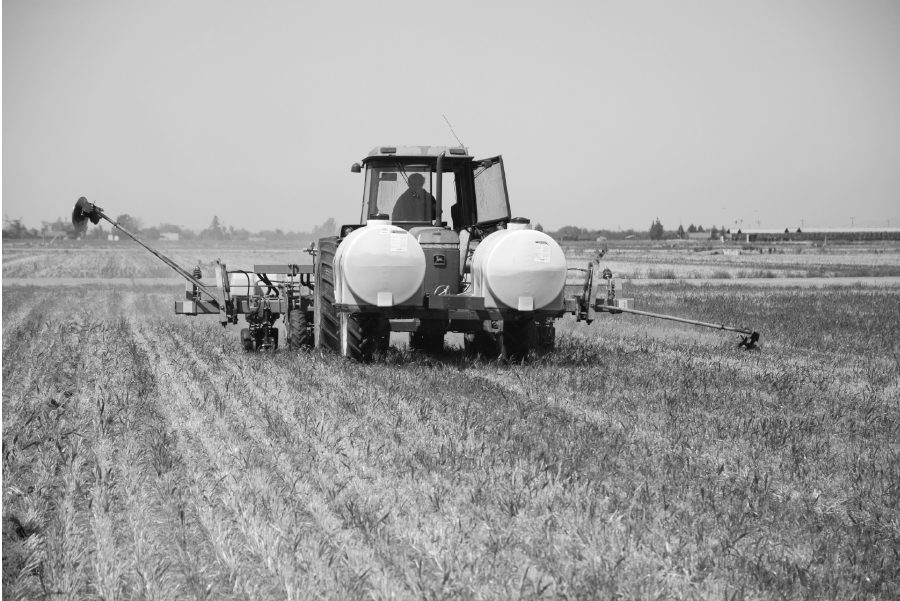No-Till Farmer
Get full access NOW to the most comprehensive, powerful and easy-to-use online resource for no-tillage practices. Just one good idea will pay for your subscription hundreds of times over.

Looking for new ways to trim production costs, California dairyman turned in 2007 to a variety of conservation tillage practices for forage production in California’s San Joaquin Valley.
The attractiveness of these techniques rests on their ability to cut production costs, reduce the time between successive forage crops and offer reliable triple-cropping opportunities. With recently implemented waste discharge regulations that limit field applications of dairy waste nutrients to only 140 percent of expected crop uptake, triple-cropping forages may become an important survival mechanism. This is particularly true for dairies with limited forage acreage, since triple-cropping should lead to the production of more forage per year from each acre.
Then Plant. Both no-till and strip-till practices are being used for planting corn at a growing number of California dairies following the chopping and harvesting of winter small grain forages such as wheat, triticale or oats. Corn is no-tilled directly into winter forage stubble in two ways: either directly into stored soil moisture if conditions warrant, or into dry soil that is irrigated to germinate the crop.
With strip-till, a narrow zone of soil is cleared and subsoil layers are loosened. The strip-till zone in California is typically 8 to 12 inches wide and runs 8 to 14 inches deep. Strip-tilling generally uses a residue-cutting coulter or blade, a subsoiling shank and a tool or mechanism for breaking up soil clods and creating smooth seedbed conditions.
While some moisture is required for successful strip-tilling, growers don’t want to have…